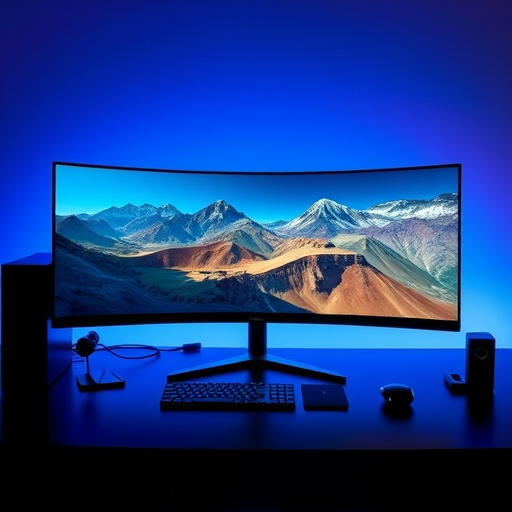By 2025, 8K displays will dominate the tech landscape across smartphones, televisions, and desktops, driven by advancements in manufacturing and growing demand for ultra-high-definition visuals. Offering four times the resolution of 4K, these displays deliver sharper images and more detailed content, catering to professionals in creative fields and gamers. This trend enhances visual experiences, blurs lines between personal and immersive entertainment, and fosters productivity. As 8K technology becomes more accessible, it's poised to redefine interaction with digital content while promoting sustainable screen manufacturing practices.
In 2025, the screen resolution landscape is undergoing a significant evolution, with 8K displays rising as the new standard across devices. This article explores the trending shifts in screen resolutions, from the vibrant hustle and bustle of smartphones embracing high-definition innovations to the tranquil tapestry of 8K televisions. We delve into the rise of 8K monitors for desktop users and navigate the labyrinthine evolution of television technology from 4K to 8K. Additionally, we uncover emerging technologies reshaping the display industry and highlight environmental considerations in screen manufacturing.
- The Rise of 8K Displays: A Glimpse into the Future
- Smartphones and Their Screen Revolution
- High-Resolution Monitors for Desktop Users
- Television Trends: 4K to 8K Evolution
- Emerging Technologies Shaping Display Industry
- Environmental Considerations in Screen Manufacturing
The Rise of 8K Displays: A Glimpse into the Future
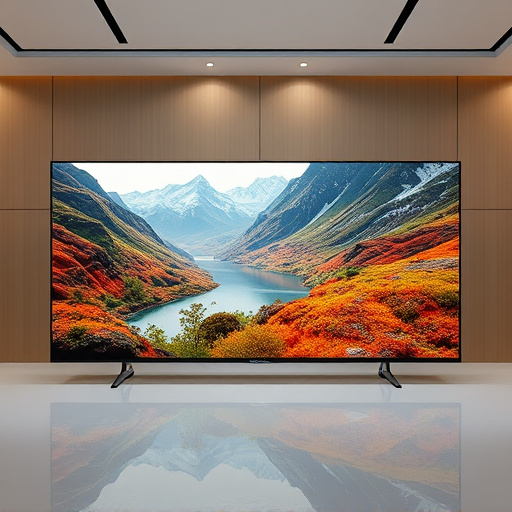
The year 2025 marks a significant turning point in display technology, with an anticipated surge in the adoption of 8K displays across various devices. This shift is driven by advancements in manufacturing processes and a growing demand for ultra-high-definition visuals. As screen resolutions continue to improve, 8K displays offer a glimpse into the future of immersive experiences, promising sharper images and more detailed content than ever before.
With four times the resolution of 4K, 8K displays deliver an unprecedented level of clarity and precision. This technology is expected to be particularly popular in high-end laptops, desktops, and televisions, catering to professionals and enthusiasts who require exceptional visual fidelity for tasks such as video editing, graphic design, and gaming. The rise of 8K displays signals a new era of visual realism, setting the stage for even more impressive innovations in the world of screens.
Smartphones and Their Screen Revolution
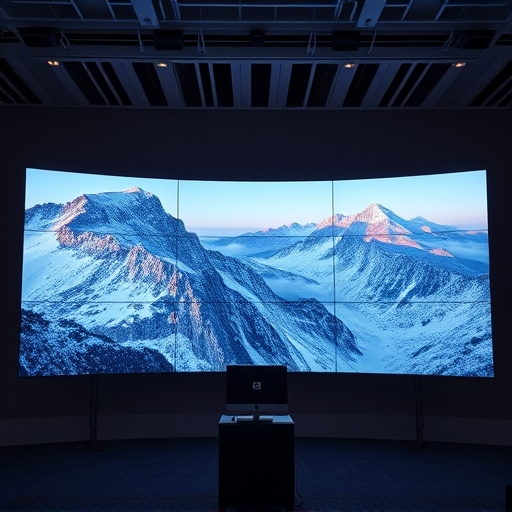
The smartphone industry has undergone a significant evolution in recent years, with a notable focus on enhancing screen technology. One of the most prominent trends is the rise of 8K displays, offering an unprecedented level of detail and clarity. These high-resolution screens have become increasingly common across premium smartphone models, providing users with immersive visual experiences. The shift towards 8K signifies a broader industry trend to deliver more lifelike images and videos, catering to the growing demand for content consumption on the go.
This revolution is not just about higher resolutions; it also involves advancements in panel technologies like OLED and Mini-LED, which further improve contrast ratios and color accuracy. As a result, smartphones are becoming powerful media consumption devices, capable of displaying intricate details in photos and videos that were once limited to larger screens. This evolution continues to shape the way we interact with our mobile devices, blurring the lines between personal and immersive entertainment experiences.
High-Resolution Monitors for Desktop Users
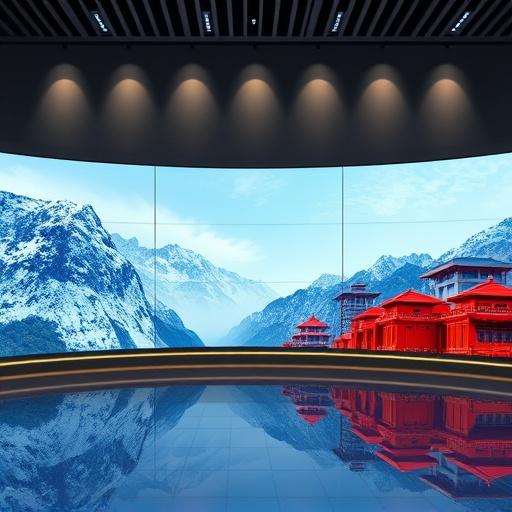
Desktop users are increasingly adopting high-resolution monitors, with a notable shift towards 4K and even 8K displays in recent years. This trend reflects the growing demand for crisp, detailed visuals, especially among professionals in fields like graphic design, video editing, and photography. With resolutions offering four times the pixels of 1080p, these screens enable users to work with intricate details and see subtle nuances that might otherwise be obscured.
The rise of 8K displays is a significant development, promising an unprecedented level of visual fidelity. While the initial cost barrier has been a challenge, the growing availability and decreasing prices make this technology more accessible. As desktop computing becomes increasingly focused on productivity and creative work, high-resolution monitors are set to become the norm, enhancing user experiences and enabling professionals to push the boundaries of their craft.
Television Trends: 4K to 8K Evolution
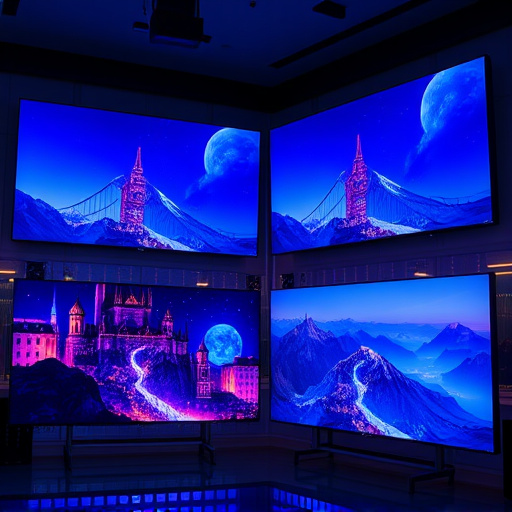
The evolution of television screens has been a remarkable journey from standard definition to high-definition and now, the future of television lies in the emergence of 8K displays. In 2025, we can expect to see a significant shift towards 8K resolutions, offering viewers an unprecedented level of detail and clarity. This trend is driven by the increasing demand for immersive viewing experiences, where every pixel counts.
With advancements in technology, 8K displays are becoming more accessible and affordable, making them a popular choice for home entertainment systems. The leap from 4K to 8K provides a dramatic visual upgrade, ensuring that everything from landscapes to faces appears incredibly sharp and lifelike. This trend sets the stage for a new era of television viewing, where high-quality content meets cutting-edge hardware, creating an unparalleled level of visual realism.
Emerging Technologies Shaping Display Industry
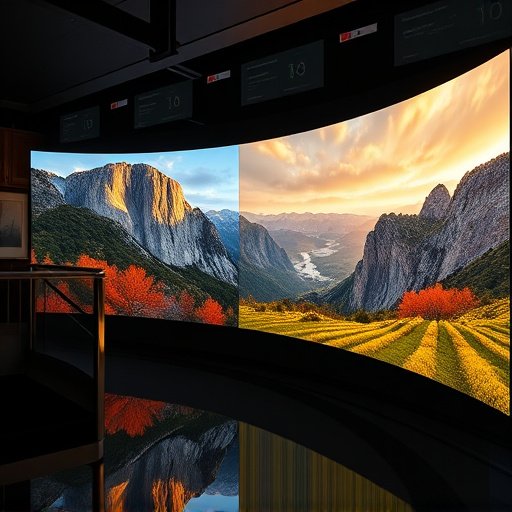
The display industry is undergoing a significant transformation driven by emerging technologies, particularly in the realm of 8K displays. With advancements in panel technology and increased manufacturing capabilities, 8K resolution has moved from niche to mainstream, becoming a sought-after feature across devices from smartphones to televisions. This shift is not just about pixels; it represents a leap in visual fidelity, enabling consumers to experience content with unprecedented detail and clarity.
Moreover, technologies like Mini-LED and OLED are enhancing display quality further, offering deeper blacks, richer colors, and higher contrast ratios. These innovations complement the 8K resolution trend, creating a multi-dimensional improvement in overall visual performance. As we move towards 2025, it’s evident that these technologies will continue to shape the display industry, pushing boundaries and redefining how we interact with digital content across various devices.
Environmental Considerations in Screen Manufacturing
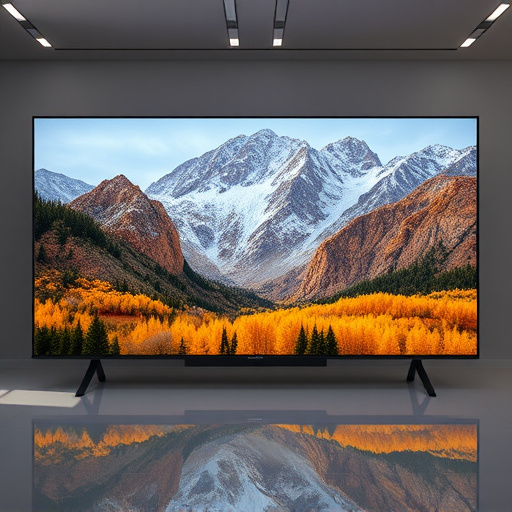
As the demand for screens, particularly 8K displays, continues to grow, environmental considerations in screen manufacturing are becoming increasingly important. The production of high-resolution panels involves complex processes and materials, many of which have significant environmental impacts. For instance, the extraction and processing of rare earth minerals used in display technologies can lead to deforestation, water pollution, and other ecological disruptions.
Manufacturers are responding by adopting more sustainable practices, such as recycling initiatives for old screens and using eco-friendly materials whenever possible. Additionally, advancements in production techniques aim to reduce energy consumption and minimize waste. The trend towards 8K displays, known for their exceptional visual clarity, underscores the need for these environmental efforts. By embracing greener manufacturing methods, the industry can meet consumer demands while preserving natural resources for future generations.
As we move towards 2025, the screen resolution landscape is evolving rapidly. The rise of 8K displays promises a future of crisp, clear visuals across various devices. Smartphones are leading the way in screen revolution, while desktop users benefit from high-resolution monitors. Television trends show a seamless progression from 4K to 8K, enhancing home entertainment experiences. Emerging technologies continue to shape the display industry, and environmental considerations ensure sustainable manufacturing practices. Overall, these trends underscore the increasing importance of high-quality visual experiences in our daily lives.
